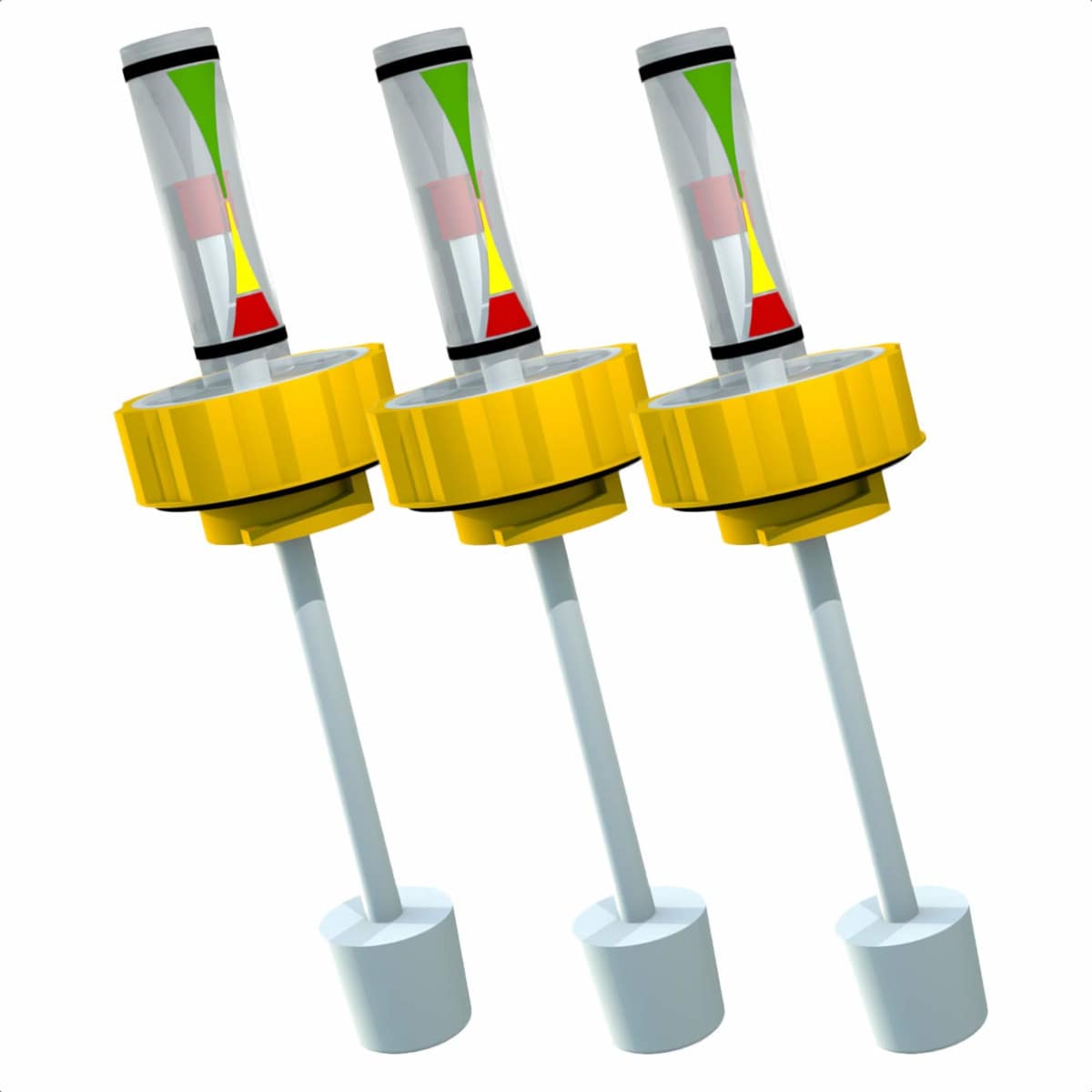Inverter or UPS (Uninterruptible Power Supply) batteries typically use distilled water for maintenance purposes. These batteries are often lead-acid batteries, which consist of lead plates submerged in an electrolyte solution. Over time, as the battery operates and undergoes charging and discharging cycles, water from the electrolyte solution can evaporate, leading to a decrease in electrolyte level.
To maintain optimal performance and prolong the lifespan of the battery, it’s essential to monitor the electrolyte level regularly and replenish it with distilled water when necessary. Usually, batteries have some sort of water level float indicator for refill.

Distilled water is preferred because it is free from impurities and minerals that could potentially interfere with the battery’s chemistry and lead to reduced performance or damage. Adding distilled water helps and ensure that the lead plates remain fully submerged in the electrolyte solution, allowing for efficient chemical reactions during charging and discharging cycles.
You can also use air-conditioner’s (or condensate) drain water, or reverse osmosis (RO) water if distilled water is not available easily. But try to use distilled water only.
It’s important not to overfill the battery cells with water, as this can cause electrolyte spillage and potential damage to the battery or surrounding components.
Regular maintenance, including checking electrolyte levels and topping up with distilled water as needed, is crucial for keeping inverter or UPS batteries in good condition and ensuring reliable backup power supply when needed.
Leave a Reply